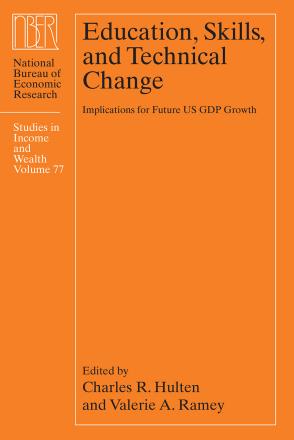Accounting for the Rise in College Tuition

We develop a quantitative model of higher education to test explanations for the steep rise in college tuition between 1987 and 2010. The framework extends the paradigm in Epple, Romano, Sarpca, and Sieg (2013) of imperfectly competitive, quality maximizing colleges and embeds it in an incomplete markets, life-cycle environment. We measure how much changes in the underlying cost structure, reforms to the Federal Student Loan Program (FSLP), and the increase in the college earnings premium have contributed to tuition inflation. In the model, these changes combine to generate a 102 percent rise in net tuition between 1987 and 2010, which more than accounts for the 92 percent increase seen in the data. Our findings suggest that expanded student loan borrowing limits are the largest driving force for the increase in tuition, followed by the rise in the college premium.
-
Copy CitationGrey Gordon and Aaron Hedlund, Education, Skills, and Technical Change: Implications for Future US GDP Growth (University of Chicago Press, 2017), chap. 10, https://www.nber.org/books-and-chapters/education-skills-and-technical-change-implications-future-us-gdp-growth/accounting-rise-college-tuition.Download Citation
-


